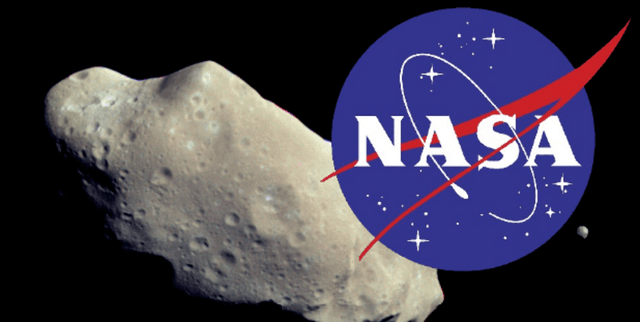Earth-Orbiting Asteroids Catalogue
Data Science and Analytics
Tags and Keywords
Trusted By




"No reviews yet"
Free
About
This dataset contains over 300,000 records from NASA concerning Nearest Earth Objects (NEOs) observed between 1910 and 2024. NEOs are celestial bodies that pose a potential danger to Earth, with NASA classifying them as "is_hazardous". A notable example, Asteroid (4179) Tautatis, which passes at a distance 2.3 times that of the Moon, is included in this collection. The primary purpose of this dataset is to facilitate the prediction of whether an NEO is hazardous or not, aiding in planetary defence readiness.
Columns
- neo_id: A unique identifier for each asteroid.
- name: The name assigned to the asteroid by NASA.
- absolute_magnitude: Describes the intrinsic luminosity of the object.
- estimated_diameter_min: The minimum estimated diameter of the NEO in kilometres.
- estimated_diameter_max: The maximum estimated diameter of the NEO in kilometres.
- orbiting_body: The celestial body that the asteroid orbits, which is Earth for all records in this dataset.
- relative_velocity: The velocity of the NEO relative to Earth, measured in kilometres per hour.
- miss_distance: The closest distance in kilometres at which the NEO passed Earth.
- is_hazardous: A boolean feature indicating whether the asteroid is classified as harmful.
Distribution
The dataset is provided as a CSV file, named
nearest-earth-objects(1910-2024).csv, with a file size of 33.74 MB. It comprises 338,199 records, each featuring 9 distinct columns.Usage
This dataset is ideal for developing and testing machine learning models aimed at predicting the hazardous nature of Nearest Earth Objects. It can be used for binary classification tasks, allowing for the assessment of potential asteroid threats. Data analysis and visualisation projects exploring asteroid characteristics and trajectories are also well-suited applications.
Coverage
The dataset covers NASA observations of Nearest Earth Objects spanning a significant time range, from 1910 to 2024. All objects recorded within this dataset orbit Earth. There are no specific notes indicating data availability issues for particular groups or years; it contains all available NASA observations for the specified period.
License
CC0: Public Domain
Who Can Use It
This dataset is intended for data scientists, machine learning engineers, astronomers, space enthusiasts, and researchers interested in planetary science and asteroid impact prediction. It is particularly useful for those looking to build predictive models or conduct statistical analyses on space objects.
Dataset Name Suggestions
- NASA Nearest Earth Objects (1910-2024)
- Hazardous Asteroid Assessment Data
- NEO Threat Prediction Dataset
- Earth-Orbiting Asteroids Catalogue
Attributes
Original Data Source: Earth-Orbiting Asteroids Catalogue
Loading...
Free
Download Dataset in CSV Format
Recommended Datasets
Loading recommendations...
